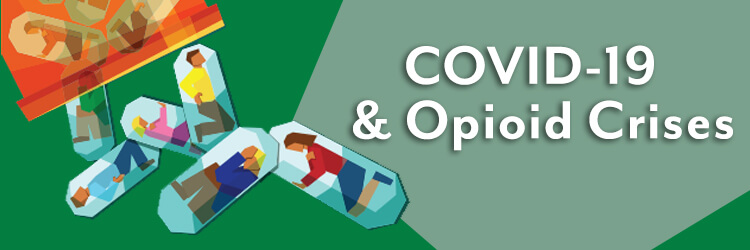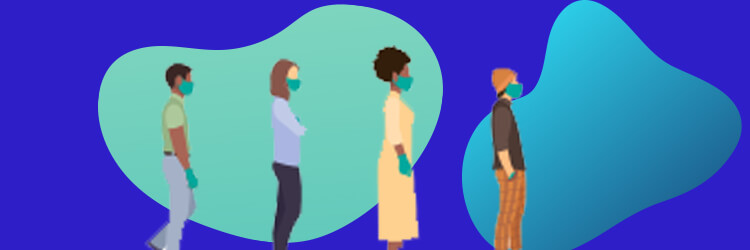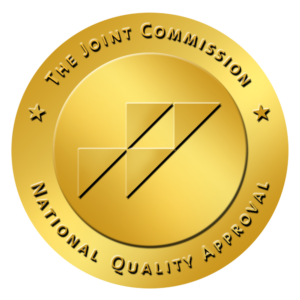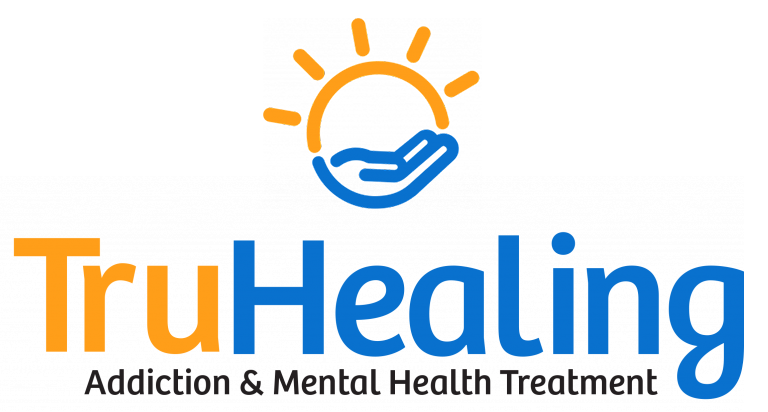[vc_row][vc_column][vc_column_text]In the past few months on this blog, we’ve discussed many ways the COVID-19 crisis affects the addiction epidemic. But the pandemic has specific and disturbing impacts on the opioid crisis.
Addiction recovery advocates say COVID-19 exacerbates problems already faced in the opioid response effort: not enough providers, lack of access to treatment, and stigma. Even though most states classify harm reduction programs and other addiction treatment as essential, many have had to slow or stop operations. This could be due to lack of funding, protective gear, or staff.
Prevention Point—a Philadelphia non-profit that works in a neighborhood hit hard by the opioid crisis—has closed their drop-in center and medication-assisted treatment programs to new patients. Many similar organizations are doing the same. The Substance Abuse and Mental Health Services Administration relaxed regulations so that people considered “stable” in their recovery can receive a 28-day supply of medications like suboxone or methadone. This is meant to reduce the amount of time people will spend in line for medication and potentially exposed to COVID-19.
But according to Dr. Peter Grinspoon, a primary care doctor in Massachusetts who treats opioid addiction, many people haven’t been able to access this supply. And the less time people spend in a clinic, the less interaction they have with clinicians. Jose Benitez, Executive Director of Prevention Point, said, “When you’re doing grab-and-go services, it takes away the ability of staff and participants to connect with each other.”
When people are isolated, addiction spikes—and becomes more deadly. If someone is using drugs alone, there is no one to give them Naloxone, a medication designed to reduce opioid overdoses that saves lives.
Anahi Ortiz—a medical coroner in Franklin County, Ohio—says the county has had a 50% increase in overdose deaths between January and April. Around that same time period, overdoses in Niagra County, New York increased by 35%. The drug supply may also be affected, leading some people to withdraw at home. This can be fatal.
On top of the immediate effects, opioid addiction research has been put on hold because of COVID-19. The National Institutes of Health has postponed most projects unrelated to the current pandemic, including a $1 billion study of opioid alternatives and treatments.
So what can be done about all of this? The first step is not to forget one epidemic in service of another. Dr. Grinspoon says people with an Opioid Use Disorder need access to healthcare, food, shelter, and any medications they need for their recovery. He also says that we need to “reach out more than ever to those who are struggling with addiction, and provide them with the resources, such as online meetings, so that they are not alone and forgotten during this dual crisis of coronavirus and addiction.”
If you are struggling with opioid use or another substance use disorder, there is hope. TruHealing Centers is open and here for you during the pandemic, with hospital-grade sanitization and telehealth options to make sure you feel safe in our care. At our facilities across the country, we provide high-quality treatment for substance use and mental health disorders. We will help you work through traumas and build the coping skills to thrive in long-term recovery. Call an admissions specialist at 410-593-0005.[/vc_column_text][/vc_column][/vc_row]









